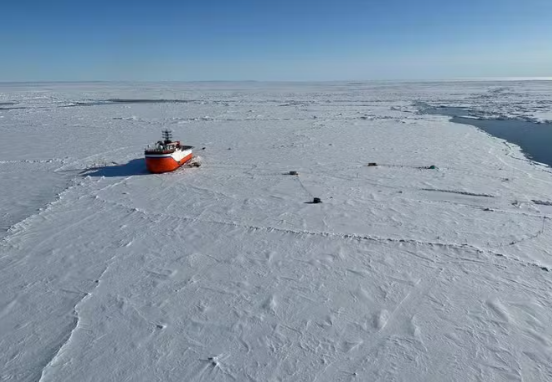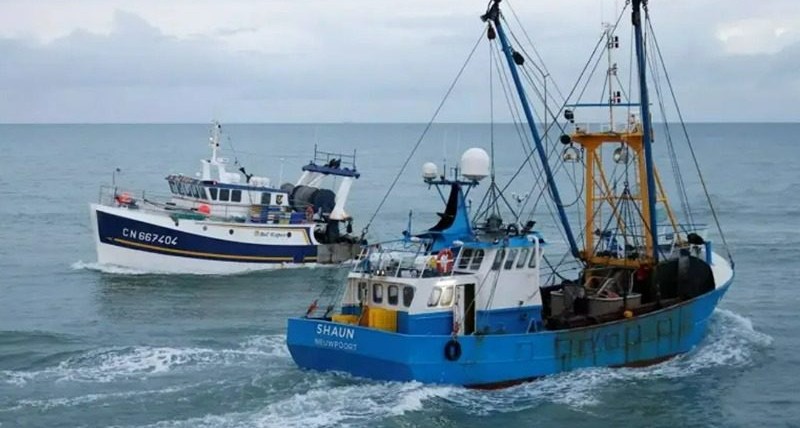
Five months to the day before the launch of the United Nations Ocean Conference hosted by France, BLOOM is unveiling its bottom trawling radar for French marine areas that are supposedly « protected. » This tool makes visible the massive destruction caused by bottom trawling on vulnerable and valuable ecosystems. This destructive fishing technique, harmful to biodiversity, climate, and social justice, is still allowed today with the approval of the French state, which permits bottom trawling in so-called « protected » marine areas.
While scientific recommendations are unequivocal, emphasizing the urgent need to ban bottom trawling in « protected » marine areas, all eyes are on France. As the second-largest maritime power in the world and the host of this international conference, France must end the farce of « French-style » protection and implement genuine ocean protection.
The bottom trawling radar, launched by BLOOM at the beginning of 2025, which has been designated « Year of the Sea » by the President of the Republic, is designed to report factually, day by day, the ongoing presence of bottom trawlers in spaces that are supposed to be protected from these ocean bulldozers. These vessels scrape the seabed with weighted nets, destroy ecosystems in their wake, and release oceanic carbon sinks by freeing the carbon trapped in marine sediments.
This radar estimates the area scraped in square kilometers (km²) by bottom trawlers operating in France’s protected marine areas, based on data published by the Global Fishing Watch platform starting January 1, 2025. By comparing these figures to the size of cities, regions, and iconic landmarks, the radar exposes the farce that is the « French-style » protection model, designed by and for the trawl lobby.
The Urgency of Banning Bottom Trawling in Marine Protected Areas
Bottom trawling has massive impacts on ecosystems, pulverizing them with the passage of weighted nets, and also on the climate, as these fishing tools disturb sediments that are essential carbon sinks. In fact, the first five centimeters of sediment globally store the equivalent of ten years of annual global carbon emissions. Each year, bottom trawling contributes to the release of about 370 million tons of CO2 into the atmosphere, which is equivalent to the annual emissions of France! Bottom trawling destroys marine habitats, plays a major role in the overexploitation of stocks, and results in the capture of numerous non-target species due to its lack of selectivity.
A truly protected marine area must allow for the protection and restoration of marine ecosystems: according to the International Union for Conservation of Nature (IUCN), a marine area can only be considered « protected » if it prohibits all industrial activities or infrastructure, including industrial fishing and bottom trawling. Scientists from the IPCC and IPBES explicitly recommend the establishment of a coherent network of protected marine areas to combat climate change and biodiversity collapse.
As France and Europe warm up twice as fast as the global average, France, as the largest maritime power in Europe and the second-largest maritime power in the world, has a particular responsibility. By hosting the United Nations Ocean Conference, France must rise to the occasion and implement real marine protected areas. The countdown has begun.
Source: bloomassociation



